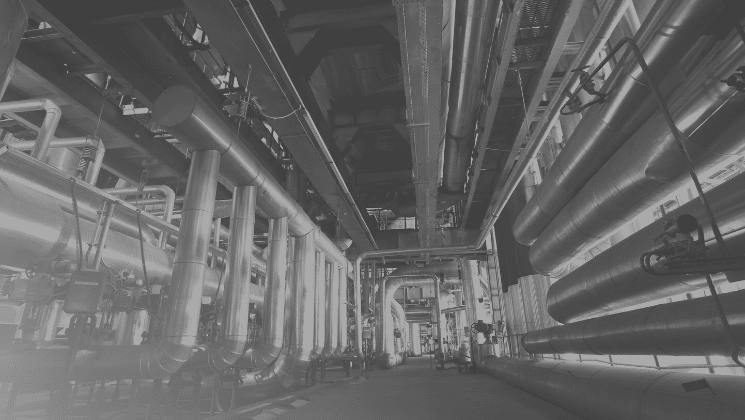Working in a highly reactive maintenance environment is extremely stressful.
Imagine being trapped in a never-ending cycle of chaos, where every day brings a new crisis to manage, and you’re constantly trying to figure how to put out fires.
This is the reality for many professionals working in a highly reactive maintenance environment. The relentless pressure, unpredictability, and mounting workload can take a toll on even the most seasoned veterans.
That’s why in this article, I’ll share with you my personal journey working in a highly reactive work environment, and how my team and I escaped it.
Working in a reactive maintenance environment
I remember the days when I was running around, fighting fires. Chasing missing parts. Arguing with operations to get access to equipment. Worrying about breakdowns that could cause injuries and millions of dollars in downtime.
But despite all the effort, no matter how “busy” you are in situations like these, you never see the end of your to-do list. In fact, it just keeps getting bigger… And Bigger… And BIGGER. With no end in sight.
As a result, your team works long hours to finish the work, but it’s no use. You’re still behind schedule. Still under pressure. Still stressed.
That was my situation back in 2005 when I worked in the Philippines and had just been promoted to Head of Maintenance Execution. Of course, I was happy with the promotion. But, I had no time to celebrate.
Every single system we had was plagued with issues. Every week we had a new ‘emergency’ that would throw everything up in the air. And we had a big backlog of general and safety-critical maintenance.
Work was never-ending. The pressure was immense. And so was the stress.
The Turning Point
I knew we needed to make some serious changes if we ever wanted to get out of this vicious cycle we were in. We needed a simple and easy-to-implement solution.
That’s when we took these three steps to improve our reliability:
First, our goal was to improve our overall productivity. To do this, we implemented a frozen weekly schedule, backlog review, and robust prioritisation of new work requests. All work orders were identified, prioritized, and planned.
Next, we looked at ways to reduce our workload. We identified our critical PMs, improved them, and removed the many PMs that weren’t adding value.
Finally, we tackled our repeat failures by looking for the root causes and eliminating them systematically.
We tried to implement these three steps sequentially, one at a time but reality meant that wasn’t always the case. If you have a major breakdown you don’t decide to not do a root cause analysis because you’re busy improving PMs – those PMs just have to wait a few weeks.
But slowly, our efforts bore fruit.
- There was less waste.
- Our workload got lighter.
- We get more things done in a day.
- Morale and work standards improved.
I was amazed at how effective those 3 simple improvements were.
Later, I would come across Winston Ledet’s research which showed that plants that implemented these tactics could increase their uptime by close to 15%.
This experience and Ledet’s research eventually influenced the creation of my Road to Reliability Framework many years later.
I’m sharing this story with you because I want you to know that it’s not impossible to escape this vicious cycle. And it’s not expensive. You can do it without relying on expensive consultants or sophisticated software.
If you’re in a situation where you’re experiencing a big backlog, low reliability, low productivity, and you’re stuck in a reactive cycle… and you need to guide your team through this phase—
Then check out some of our blogs and courses. Better yet, book a call and we can discuss how you too can make this transition to a proactive environment.


